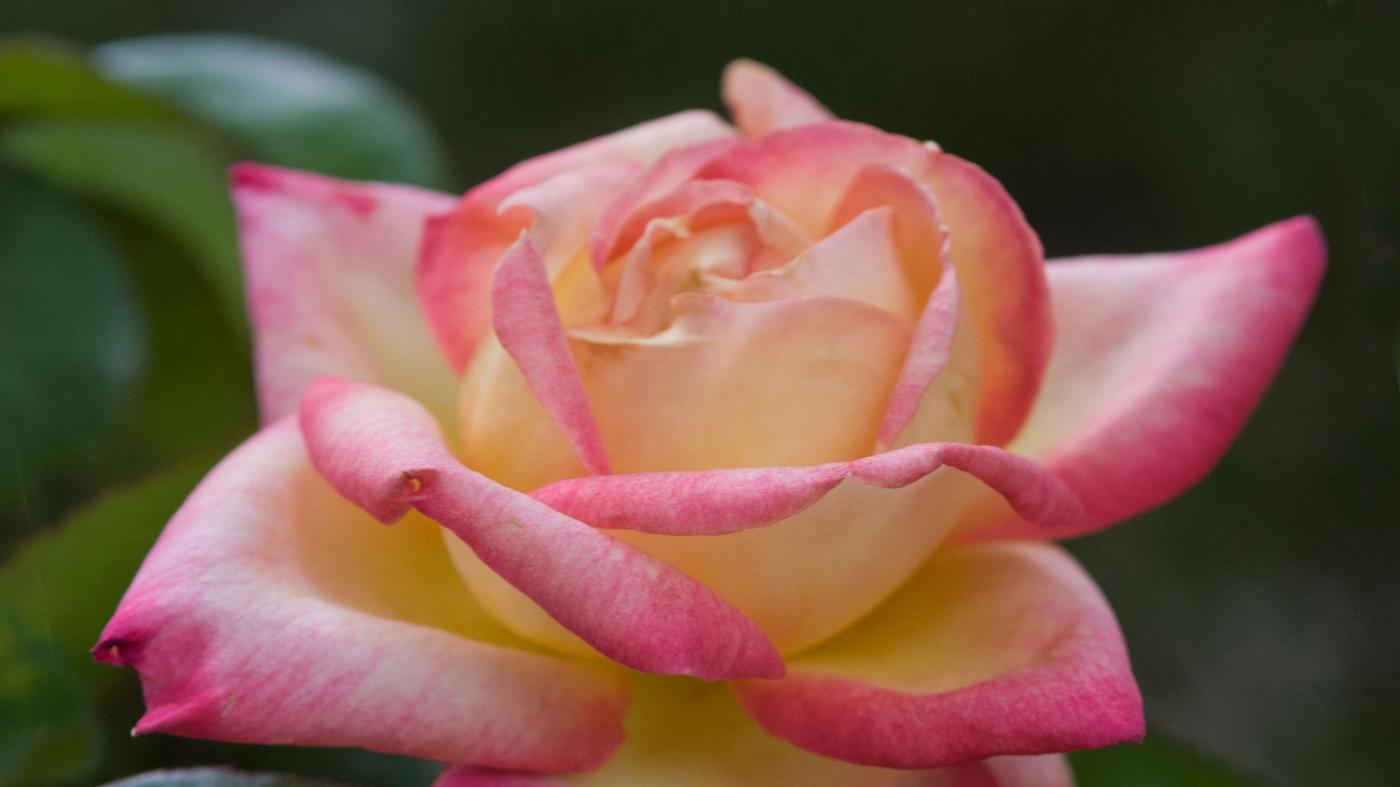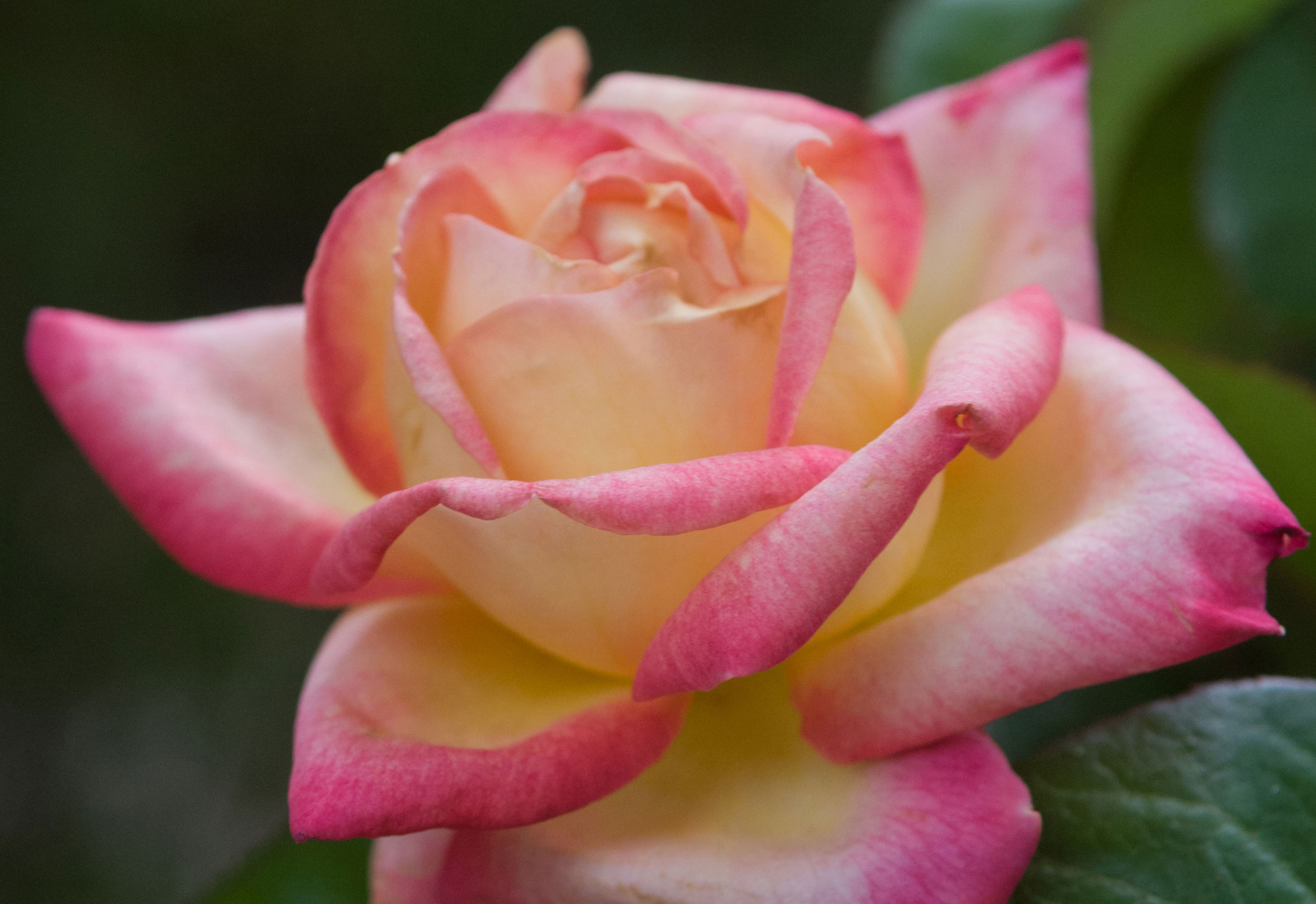
Through September 22
Lose yourself in nature
Lost & Found invites you to explore plant conservation success stories by way of adventures throughout the Chicago Botanic Garden. Head out on experiential trails that blend art with science and connect you to nature in novel ways. Discover new interpretive programs that offer hands-on interactions with themed artwork that help you explore the Garden's conservation science research. You wonât want to miss a moment of itâart installations, After Hours Buzz events, Music on the Esplanade, Lenhardt Library displays and lectures, and more!
Choose your nature journey
Weâll point you to and through trails, vistas, perches, and crossings to help you find lost stories, sights, and sounds of the natural world. You might stumble across, say, what seems like an ordinary Kentucky coffee tree in the Sensory Garden. But that tree has a story to tellâits ancestors date back to the time of woolly mammoths and giant sloths.     Â
Â
We canât wait to see what you find.Â
Happy wanderlust!
Self-guided fun
Adventure Trail: Before your summer visit to fully experience Lost & Found
Download a map     Â
Â
Free walking tours
Prefer a guide? Join a free walking tour featuring Lost & Found highlights: Monday through Friday, 11 a.m., noon, 1 and 2 p.m.
Tours in Spanish: Saturdays, June 29, July 27, August 24, and September 21; 1 and 2 p.m.
Insiderâs Guide  Â
Here are a few highlights; all are free with Garden admission.

Explore original art installations that illustrate and interpret the concept of lost and found in the natural world.
Sing, embroider, step up to an open micâ¦the longer days of summer invite time for play and reflection. The special events below are included with Garden admission.

Storytelling
Flora, Fauna, and Folk:Â An Evening of Science and StorytellingÂ
with Scott Whitehair
June 12, July 17, & August 21; 6 to 7:30 p.m. | Esplanade
Enjoy multicultural folktales on our relationship with nature.Â
Free; Drop-in. Find more information here.
Performance art
Rewilding the Queensâ LawnÂ
with Sojourner Zenobia
July 6, August 3, September 7; 1 to 3 p.m. | Festival Field
Through storytelling, movement, singing, and playful audience participation, youâll be inspired to reimagine the traditional American lawn as a natural habitat where pollinators and native flowers are the thriving showstoppers. The performance was inspired by conversations between the artist and Garden conservation scientist Rebecca Barak, Ph.D. and others who are testing options beyond turfgrass for lawns.Â
Advance online registration required.
Art-making & craftivism workshops
Protecting PollinatorsÂ
with Shannon Downey
June 15, July 20, August 17; 1 to 3 p.m. | Farm on OgdenÂ
September 14; 1 to 3 p.m. | Chicago botanic garden
Visitors work with embroidery patterns that tell a science story.       Â
Free; Drop-in embroidery activity at the Garden on June 28, 11:30 a.m. to 2:30 p.m.Â
Advance online registration is required for workshops.









Al fresco dining
Through the summer
Make time for Garden-fresh eats with the best views around at our outdoor dining locations including the Rose Terrace Beer Garden.
After Hours Buzz
July 18 & 25, August 22 & 29; 6 to 8 p.m.      Â
What happens when you combine Garden experts, lively conversation, cocktails, and light bites? After Hours Buzz is your ticket to this exclusive evening event outdoors, which includes a short, interactive presentation by a scientist or expert at the Garden.

Try something new
Take a class...
Foraging for Flowers at Northwind
Path of Pollinators Evening Garden Walk
Almost Lost  Â
Library Exhibition
Through September 22
Illustrations of trees at risk from the Rare Book Collection      Â
Library talks: Saturday, August 3, and Sunday, September 1 at noon

Seeding the future
Millions of seeds are frozen in our Seed Bank, waiting to prevent an extinction, help restore habitats, or contribute to scientific research. By collecting and storing seeds from wild populations of native plants, we preserve their unique ways of surviving on our changing planetâand help seed the future of our prairies, woodlands, and wetlands.
Finding lost pieces
Every prairie is missing something. Even in the most carefully planned and managed prairie restorations, native plant species fail, leaving them with fewer species and fewer relationships. Thatâs why Garden scientists developed a tool to help land managers figure out why their prairies lose species, and how they can find them again.
Rethinking lawns
What if lawns supported pollinators? Or helped reduce local flooding? Or simply didnât require all that mowing, watering, and herbicide? Garden scientists are testing lawn alternatives to understand their environmental benefits and how to keep them looking good enough to win over skeptical neighbors and homeowners associations.
Supported by




































